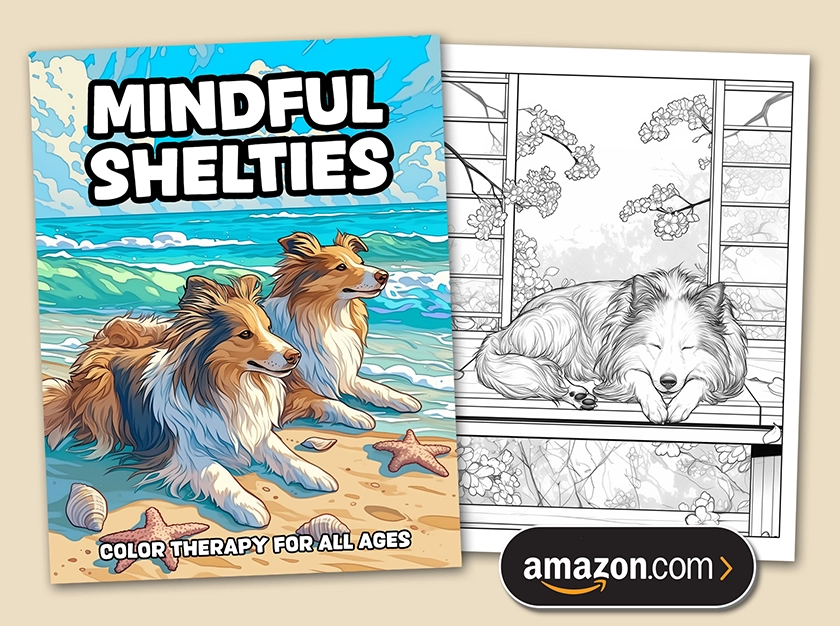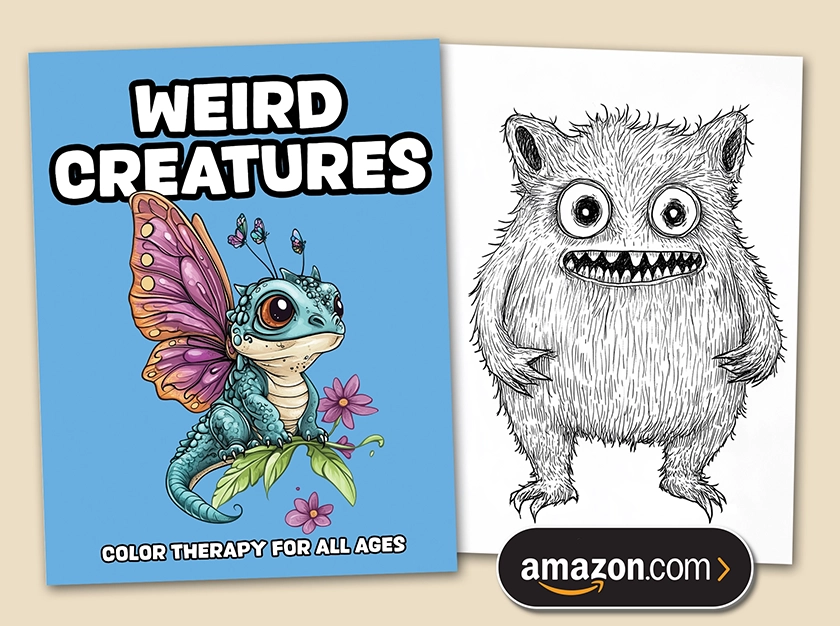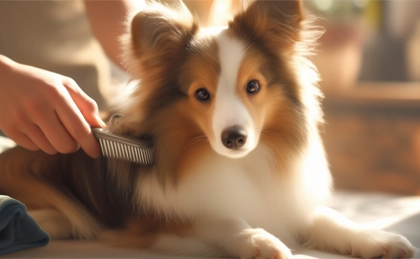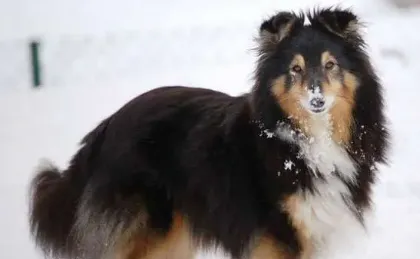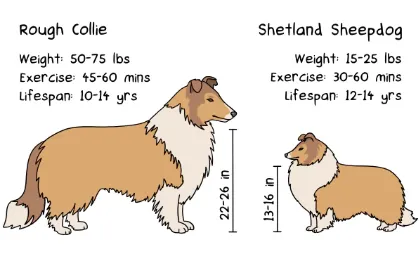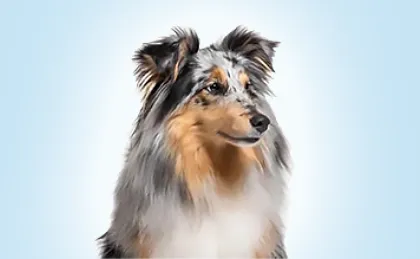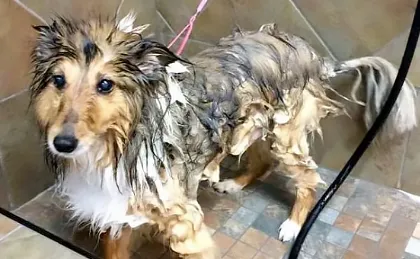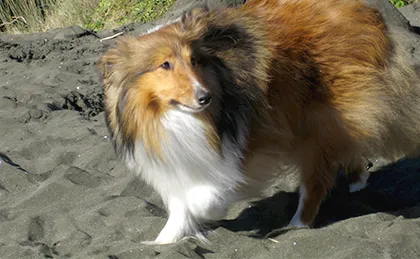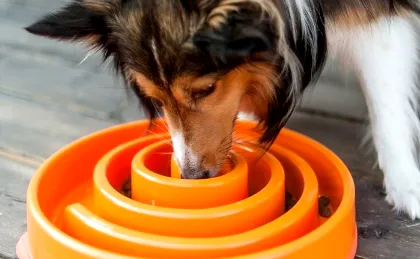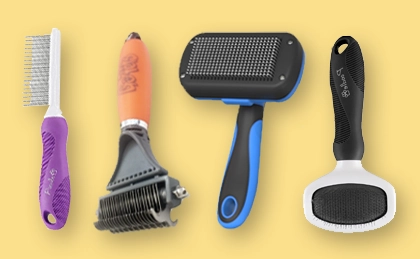The first dogs evolved from wolves around 20,000-40,000 years ago, and despite a long history of domestication, all dogs retain some aggressive instinct from their wild ancestry.
Just like the course of our own evolution, aggressive animals have long thrived. For generation after generation, the struggle for survival reinforced violent behavior, whether we're talking mammals, birds, reptiles, fish, or flatworms. The most fearless animals often catch more prey, protect more resources, and compete best for mates.
So it was quite a turnaround for dogs when humans began their domestication program. Careful selective breeding practices allowed us to phase out aggressive genes. In the last few centuries, dog breed temperament has become even more refined, with the emergence of new breeds like the Sheltie; a high-energy alarm dog built to be sensitive and submissive to humans.
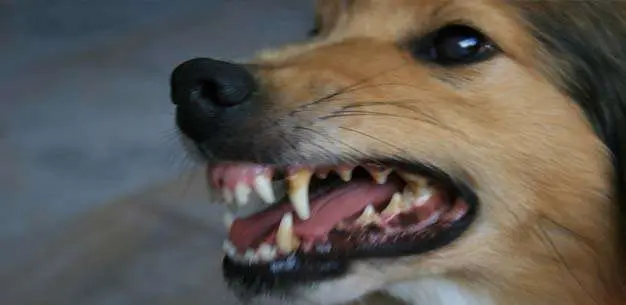
Even sweet Shelties retain some aggressive instinct from their wild animal ancestry.
Today, no responsible breeder matches dogs for aggressive traits. Companion dogs are bred for a calm, confident temperament. Still, some elements of a dog's personality are down to genetics beyond our control. Ultimately, ancestral throwbacks can lead to more aggressive dogs.
Then you have abnormal dog psychology, where trauma and mistreatment can increase the latent tendency for aggression. This leaves pet owners with a serious problem, especially when dogs attack other animals, including humans.
So how do you deal with dog aggression? There's a lot you can do to prevent aggression from happening in the first place. And even if it's already established in your dog, there are still strategies to deal with aggression for life.
Types of Dog Aggression
There are two kinds of dog aggression we're going to focus on, both with different causes and solutions:
- Aggression to strangers
- Aggression to family
1. Aggression to Strangers
You can tell when a dog is nervous around strangers. He's jumpy and on alert: either he can't sit still and is constantly fidgeting, leaping at the smallest sound and pacing around barking and whining. Or he's very still, sitting rock-steady in one place, staring hard at the object of his suspicion (a visitor, the mailman, or someone approaching him in public.)
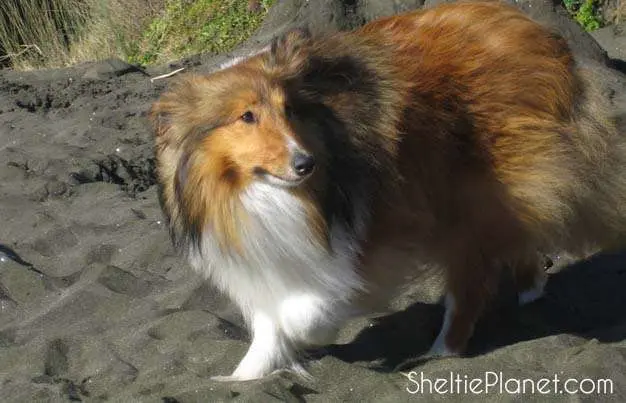
Why Dogs Can Be Nervous of Strangers
Your dog is afraid of strangers because he isn't used to them. He doesn't understand their unfamiliar noises and gestures and he finds them generally unpredictable. This translates to fear for his own safety and can manifest in different behaviors—including shyness, erratic barking and aggression.
How to Deal With a Fear of Strangers
Starting as a puppy, your dog relies on you to broaden his horizons. He needs lots of outings with you to experience the world so he can realize for himself, through consistent and positive experiences, that the unknown isn't automatically a bad news. This process is called socialization.
Socialization is a critical aspect of your dog's upbringing. Socializing your dog means exposing him from a young age (as soon as he's had his vaccinations) to a wide variety of new experiences, people and animals.
When you socialize your dog, you're getting him to learn through experience that new sights and sounds are fun, not scary. It's not enough to one day expose a dog to a crowd of unfamiliar people and tell him to "Settle down, boy". He has to learn for himself that it's safe. And he needs to do it from puppyhood for the lesson to truly sink in.
We believe Piper never met with children when he was young, because when he came to us at 9 months old he was terrified of children. This fear translated to growling, nipping and anxiety around kids.
How to Socialize a Dog
Socializing your dog is pretty easy when you're aware of the need to do it. It's more of a general effort to expose him to the world than a specific training regimen.
The more types of people and animals he meets (babies, toddlers, teenagers, adults, men, women, people wearing uniforms, people wearing motorcycle helmets, people carrying umbrellas, people riding on bikes, etc) in a fun and relaxed context, the safer he will feel around all different kinds of strangers.
Consider taking him to puppy preschool. This is a series of group training classes for puppies. In a typical class, about ten or so puppy owners get together with a qualified trainer and teach their puppies the basic obedience commands: sit, stay and so on.
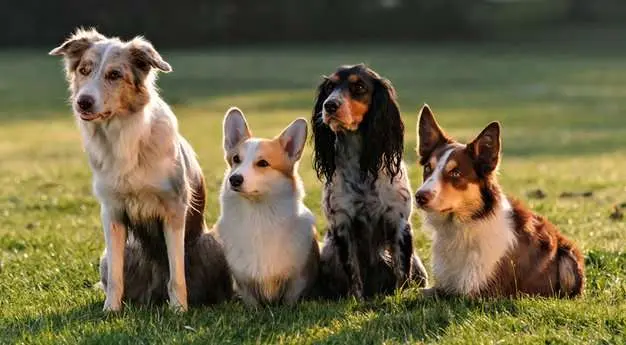
While the obedience work is a great way to start your puppy on the road to being a resilient adult dog, the best part of puppy preschool is the play sessions. Several times throughout the class, the puppies are encouraged to run around off-leash and play amongst themselves. This is an ideal environment for them to learn good social skills.
For the next steps in socializing a puppy (or a wary adult dog) see my article: How to Socialize a Shy Dog.
2. Aggression Towards Family Members
There are two common reasons why a dog is aggressive towards members of his own human family:
- Resource guarding
- Improper handling
Resource Guarding
Your dog's trying to defend something that belongs to him. Though it may sound innocuous, there's actually a lot going on here. It's a possessive behavior you need to deal with.
Resource guarding presents as overly-possessive behavior like snarling and growling if you approach him when he's eating, or giving you "the eye" (a flinty-eyed, direct stare) if you reach your hand out to take a toy away from him. It's an unmistakable sign of dog aggression.
All dogs can be possessive from time to time because it's in their nature. Sometimes they're possessive over things with no conceivable value: inedible trash or balled a up piece of paper. More frequently, however, resource guarding becomes an issue over food, toys and people.
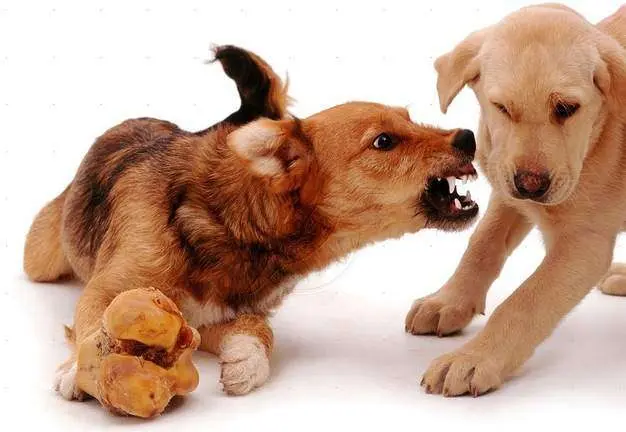
The Dominance Hierarchy
Resource guarding boils down to the issue of dominance. Dogs are innately pack animals. This means they're used to a very structured environment: in a dog-pack, each individual is ranked in a hierarchy of position and power in relation to every other animal. Each animal is aware of the rank of every other animal, which means he knows specifically how to act in any given situation (whether to back down, or whether to push the issue).
To your dog, the family environment is no different to the dog pack. Your dog has ranked each member of the family and has his own perception of where he ranks in that environment as well. If your dog perceives himself as higher up on the social ladder than other family members, he's going to get naughty.
It's common for a highly doted-on pooch to get an over inflated sense of his own importance (sitting on the couch, sleeping on the bed and feeding before the family are all ways that this superiority become enforced in his mind). We may be surprised, then, when he starts to act aggressively, but in his mind, dominance and aggression are the exclusive rights of a superior-ranked animal. No underdog would ever show aggression or act dominantly to a higher-ranked animal (the consequences would be dire and he knows it).
Resource guarding is a classic example of such dominant behavior: only a higher-ranked dog (a dominant dog) has the right to act aggressively in defense of resources. On the flip-side, if your dog knew his position was bottom of the pack (after all the humans) he wouldn't dream of such behavior.
How to Stop Resource Guarding
The best treatment for dominant and aggressive behavior is more obedience work, which will underline your authority over your dog. Just two 15-minute sessions a day will make it perfectly clear to your dog that you're the boss and that it pays to do what you say. You can make this fact clear to him by rewarding him (with treats and lavish praise) for obeying a command and isolating him (putting him in time out) for misbehavior.
This reinforcement should extend to everyone in the family. Have them run obedience routine with your dog too. If they're too young, you as the pack leader need to show your dog how the other humans rank above him. Give them their food first, and make him wait. Seat them on the couch, while he takes the floor. He must learn it's not okay to dominate your baby or toddler, for the sake of their own safety.
Improper Dog Handling
Here's the second reason why dogs can become aggressive to family members. All dogs have different handling thresholds. Some dogs like lots of cuddles and are perfectly content to be hugged, kissed and have arms slung over their shoulders (this is the ultimate "I'm the boss" gesture to a dog, which is why a lot of them won't tolerate it.)
Others—usually dogs not accustomed to a great deal of physical contact from a very young age—aren't comfortable with too much full-body contact and will get nervy and agitated if someone persists in trying to hug them.
Another common cause of handling-induced aggression is a bad grooming experience: nail-clipping and bathing are the two common culprits. When you clip a dog's nails, it's very easy to "quick" him—that is, cut the blood vessel that runs inside the nail. This can be very painful to a dog and is a sure-fire way to cause a long-lasting aversion to those clippers, along with panic and aggression to the human.
A lot of dogs also have difficulty with being washed. Some dog owners, when confronted with a wild-eyed, half-washed, upset dog, feel that in order to complete the wash they have to forcibly restrain him. This only adds to the dog's sense of panic and reinforces his impression of a wash as something to be avoided at all costs. If necessary, he will defend himself with a display of teeth and hackles.
Can I Train My Dog to Enjoy Being Handled?
Yes. It's definitely easier if you start from a young age. Handle your puppy a lot and get him used to being touched and rubbed all over. Young dogs generally enjoy being handled; it's only older ones who haven't had a lot of physical contact throughout their lives that can find physical affection difficult to accept. In this case, practice picking up his paws and just touching them with the clipper. Practice taking him into the bath, not to wash him, just to show him and relax him in that environment again. Augment the process throughout with lots of praise and the occasional treat.
This takes time and patience. You need to undo the damage already caused by bad experiences, which you can do by taking things very slowly, with an emphasis on keeping your dog calm. Watch him and constantly re-adjust your own behavior and expectations. The instant he starts to show signs of stress, stop and let him relax. Try to make the whole thing into a game if you can: give him lots of praise, pats and treats. Take things slowly. If he gets nervous, stop. Dogs show aggression for a reason: they're warning you to back off or else.
If your dog can't accept being groomed, no matter how much practice you put in, it's best to hand the job over to the professionals. Your vet will clip his nails for you—just make sure you tell the vet first so he can take precautions himself. Professional dog groomers are experienced with all kinds of temperaments and, as long as you warn them of his fears in advance, will be able to correctly handle and reassure him throughout the task.
